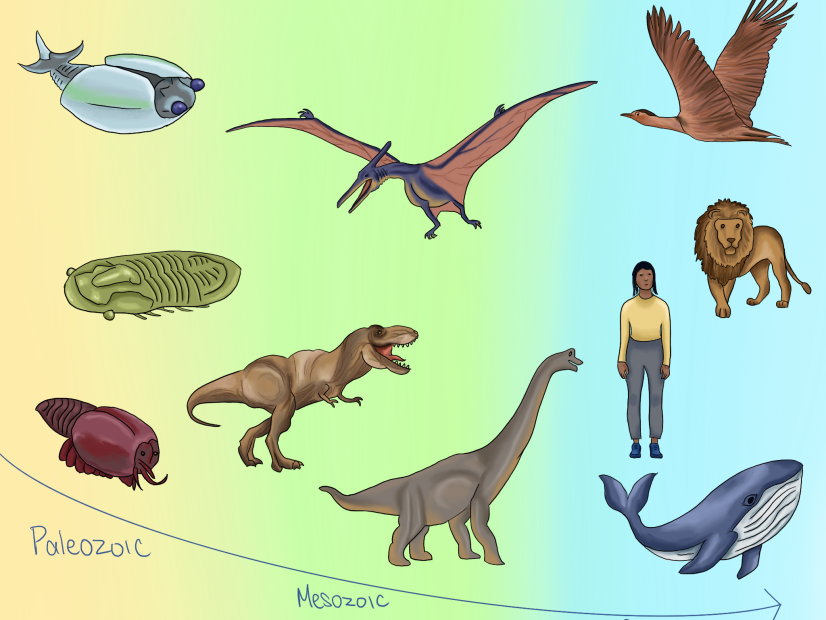What Even IS Biochar? A Gardener’s Perspective.
Three thick arrows are arranged in a recycling sign on a grainy black background. In the middle, surrounded by the arrows, “BIOCHAR” is written. Within each arrow is an illustration. For the arrow on the top, a cow is illustrated with multiple methane molecules as well as some piles of garbage with banana peels. The bottom right arrow shows a thermometer. In the background, orange flames are drawn with a title reading, “Pyrolysis”. The final arrow on the bottom left depicts a young girl sitting on a grass field with a yellow straw hat. Beside her is a straw basket with some carrots. The field is decorated with many pink flowers.









